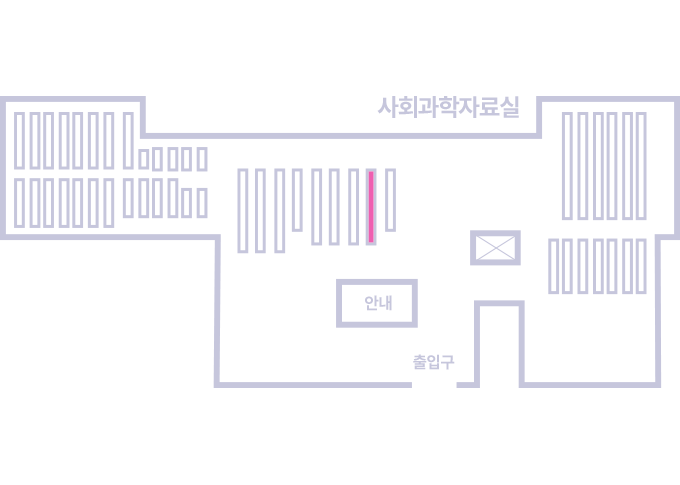권호기사보기
| 기사명 | 저자명 | 페이지 | 원문 | 기사목차 |
|---|
| 대표형(전거형, Authority) | 생물정보 | 이형(異形, Variant) | 소속 | 직위 | 직업 | 활동분야 | 주기 | 서지 | |
|---|---|---|---|---|---|---|---|---|---|
| 연구/단체명을 입력해주세요. | |||||||||
|
|
|
|
|
|
* 주제를 선택하시면 검색 상세로 이동합니다.
표제지
제출문
요약문
SUMMARY
목차
제1장 서론 18
제1절 연구개발의 목적과 범위 18
1. 연구배경 및 필요성 18
제2절 기존의 연구 실적 20
제2장 시험 수행 내용 31
제1절 시험기간 및 수행일정 31
제2절 시험재료 및 방법 32
1. 시험재료 32
2. 시험방법 33
(1) 전통적인 유과제조 공정 33
(2) 분석 방법 33
1) 수분함량 측정 33
2) 유과의 팽화도 측정 33
3) Density 측정 34
4) Texture 측정 34
5) 유과 반데기의 기포 관찰 35
6) 유과반죽의 투입에너지량 측정 35
7) 건조 전처리 과정에서의 습도 측정 35
8) 유과반데기의 호화도 측정 35
9) 찹쌀가루의 페이스트 점도 측정 35
제3절 결과 및 고찰 36
1. 전통적 유과의 가공공정 분석 36
(1) 침지공정에 따른 찹쌀의 변화와 유과의 특성 36
1) 침지시간·온도별 찹쌀의 수분함량[원문불량;p.37] 37
2) 침지시간에 따른 찹쌀의 단백질 함량과 미세구조 40
3) 침지시간에 따른 찹쌀가루의 페이스트 점도 변화 44
4) 침지시간별 유과제조시 팽화도와 밀도, 조직감 비교[원문불량;p.44~46,48] 44
(2) 침지중 미생물에 의한 변화 50
1) 침지 기간에 따른 pH 변화와 무균 침지시 pH 변화 50
2) BW균주 분리와 BW균주에 의한 pH하강 51
(3) 유과제조 변수에 따른 반데기와 튀긴반데기 변화 56
1) 반데기의 페이스트 점도와 기공의 미세구조[원문불량;p.57] 56
2) 건조 반데기의 수분함량이 유과에 미치는 영향 60
3) 부재료의 첨가에 따른 유과의 변화 63
4) 유과 기공의 미세구조[원문불량;p.66] 66
2. 압출성형 공정을 위한 침지 찹쌀의 반죽공정(꽈리치기)의 분석 68
3. 압출성형 개스주입 시스템 및 압출성형 유과의 분석 71
(1) 압출성형기 73
(2) 압출성형 변수에 의한 유과의 분석 78
1) 바렐온도의 변수에 의한 반데기와 튀긴반데기의 분석 79
2) 반죽수분함량에 따른 압출성형 유과의 분석 84
(3) 압출성형과 CO₂ 주입을 병행시 공정변수에 따른 유과의 변화 88
1) 압출성형변수인 온도에 따라 CO₂ 개스주입이 유과에 미치는 영향[원문불량;p.90~93] 88
2) 스크류 회전속도에 따라 CO₂ 주입이 유과에 미치는 영향 95
3) 침지시간에 따라 압출성형과 CO₂ 주입한 유과에 미치는 영향[원문불량;p.101,106] 100
4) 생찹쌀가루에 대두즙 첨가와 CO₂ 주입이 압출성형유과에 미치는 영향[원문불량;p.110] 108
4/6. 압출성형물의 건조와 튀김조건 분석 112
(1) 찹쌀 반데기의 건조 과정 개선[원문불량;p.115] 113
(2) 찹쌀 반데기의 튀김온도가 유과에 미치는 영향 120
제3장 결론 123
참고문헌 126
[title page etc.]
SUMMARY
Contents
I. Introduction 18
1. Scope and objectives of research 18
(1) Background and needs of research 18
2. Review of previous research 20
II. Contents of research 31
1. Schedule of research 31
2. Materials and methods 32
(1) Materials 32
(2) Methods 33
1) Traditional process of Yukwa making 33
2) Methods 33
a. Moisture content 33
b. Expansion 33
c. Density 34
d. Texture 34
e. Cell structure 35
f. Mixing energy input 35
g. Humidity 35
h. Gelatinization degree 35
i. Paste viscosity 35
3/III. Results and Discussion 36
(1) Traditional process of Yukwa 36
1) Steeping process 36
a. Moisture content for steeping time and temperature[원문불량;p.37] 37
b. Protein content and microstructure 40
c. Change in paste viscosity 44
d. Expansion, density and texture[원문불량;p.44~46,48] 44
2) Change in microorganism during steeping 50
a. Change in pH 50
3) Effect of process variables on Yukwa 56
a. Paste viscosity and microstructure[원문불량;p.57] 56
b. Moisture effect on Bandegi 60
c. Ingredient effect on Bandegi 63
d. Microstructure of Yukwa[원문불량;p.66] 66
(2) Mixing process 68
(3) Development of extrusion and CO gas injection system 71
1) Extruder 73
2) Effect of extrusion variables on Yukwa quality 78
a. Barrel temperature 79
b. Moisture content 84
3) Extrusion and CO₂ gas injection 88
a. Extrusion temperature[원문불량;p.90~93] 88
b. Screw speed 95
c. Steeping time[원문불량;p.101,106] 100
d. Addition of soy milk[원문불량;p.110] 108
4)/6. Post-extrusion process 112
a. Drying of extruded Bandegi[원문불량;p.115] 113
b. Frying of Bandegi 120
III/VI. Conclusion 123
Reference 126
| 등록번호 | 청구기호 | 권별정보 | 자료실 | 이용여부 |
|---|---|---|---|---|
| 0000733877 | 664.024 ㄴ293ㅇ | 서울관 서고(열람신청 후 1층 대출대) | 이용가능 |
*표시는 필수 입력사항입니다.
| 전화번호 |
|---|
| 기사명 | 저자명 | 페이지 | 원문 | 기사목차 |
|---|
| 번호 | 발행일자 | 권호명 | 제본정보 | 자료실 | 원문 | 신청 페이지 |
|---|
도서위치안내: / 서가번호:

우편복사 목록담기를 완료하였습니다.
*표시는 필수 입력사항입니다.
저장 되었습니다.